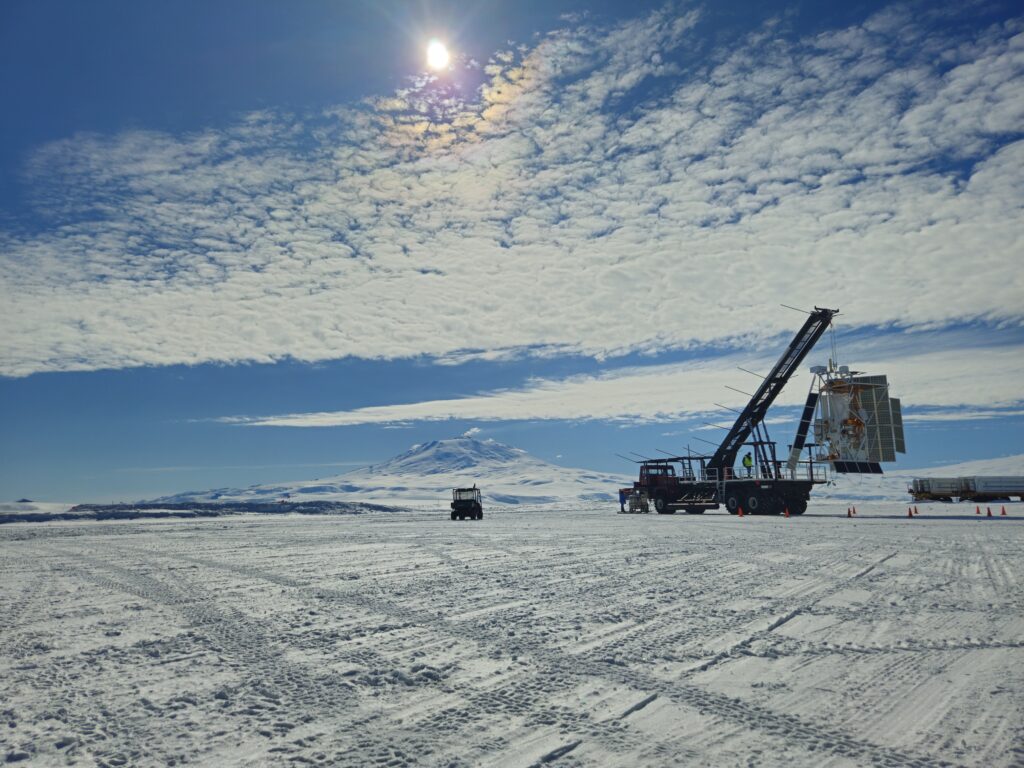GUSTO is a NASA mission that will launch a high-altitude balloon including a one-meter telescope. GUSTO has been launched December 31st 2023 and its aim is to provide a comprehensive understanding of the inner workings of our galaxy and one of our companion galaxies, the Large Magellanic Cloud (LMC), by tracing all phases of the interstellar medium. GUSTO will be launched from Antarctica to a high altidude and from there it will get a 55 day long clear view of our galaxy and one of our companion galaxies, the Large Magellanic Cloud.
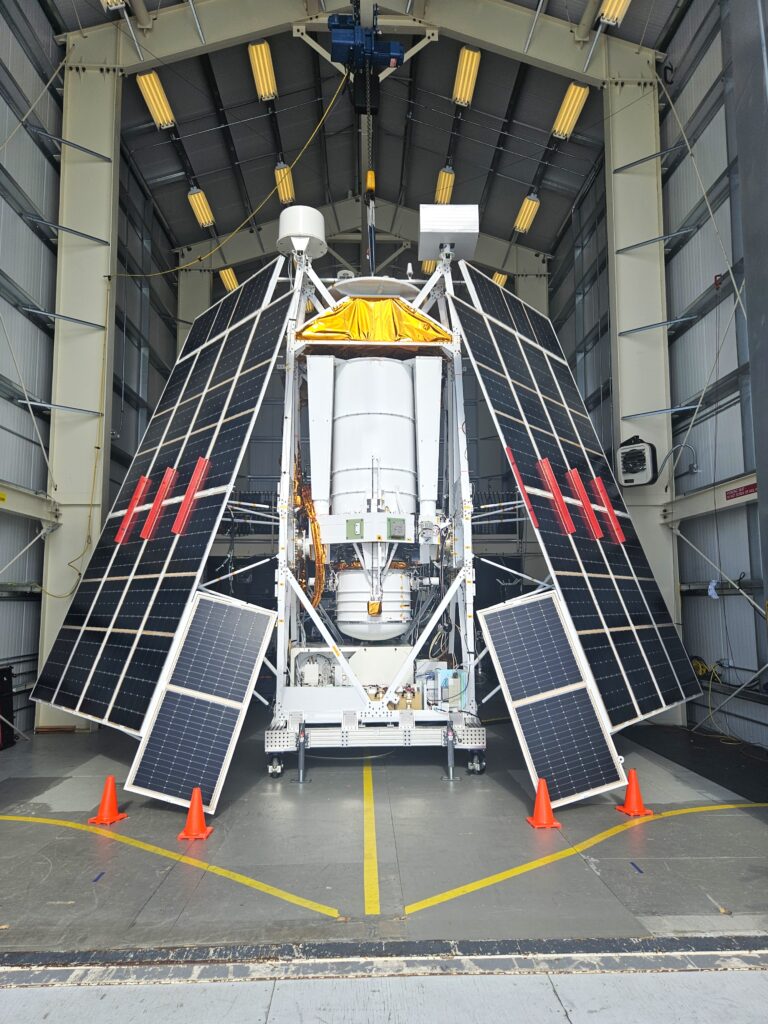
The lifecycle of stardust
The aim is to understand more precisely what happens between the stars in the interstellar medium during all phases of the lifecycle of dust and gas becoming stars and exploding into gas and dust again. GUSTO enables scientists to find emission lines of carbon, oxygen and nitrogen in their typical interstellar phases, that can be measured at Far-Infrared wavelengths (in TeraHertz). This helps us to reveal processes in this cycle that hitherto remained hidden.
Map of Milky Way stardust
GUSTO will make large scale maps of the Milky Way and Large Magellanic Cloud for three important interstellar lines: [CII], [OI], and [NII], at 158, 63, and 205 micrometers, respectively.
TeraHertz cameras to space
The launch of GUSTO is scheduled for December 2023. GUSTO is a Mission of Opportunity in the NASA Explorers programme, and is led by the University of Arizona. The GUSTO payload consists of a telescope; three heterodyne TeraHertz recievers (each based on 8-pixel arrays of HEBs or Hot Electron Bolometers); autocorrelator spectrometers; instrument control electronics and a liquid-helium cryostat. The mission name is short for Galactic / extragalactic – Ultra long duration balloon – Spectroscopic stratospheric – TeraHertz Observatory. GUSTO’s telescope and the TeraHertz receivers will provide the spectral and spatial resolution needed to untangle the complexities of the interstellar medium by probing all phases of its lifecycle.
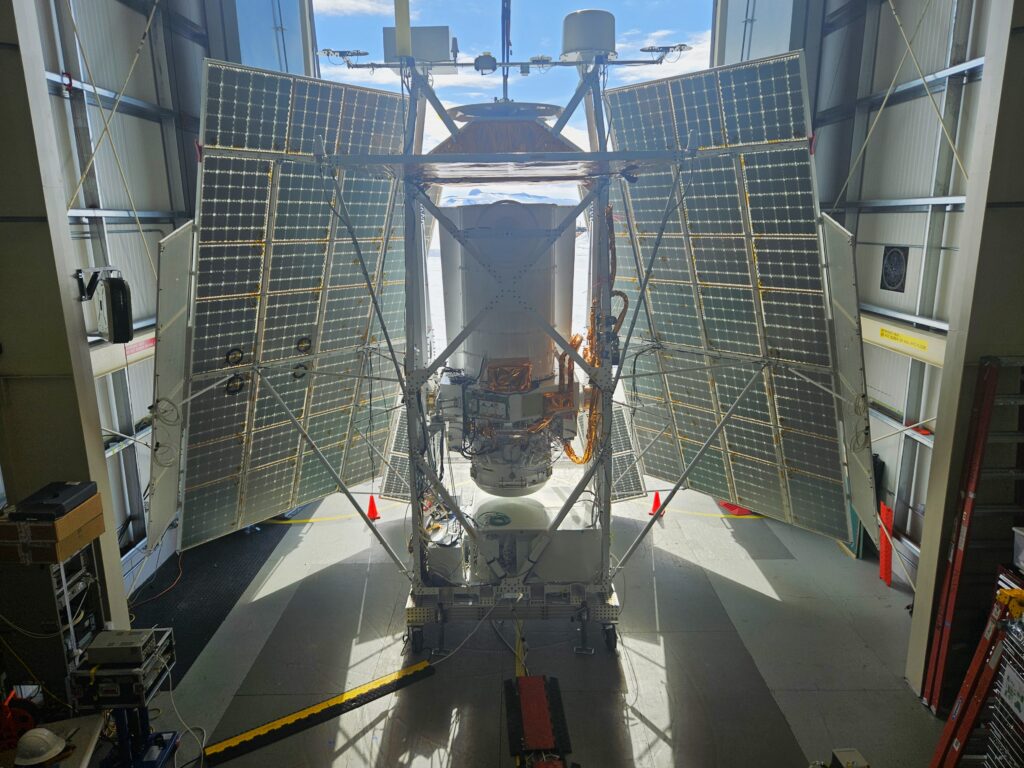
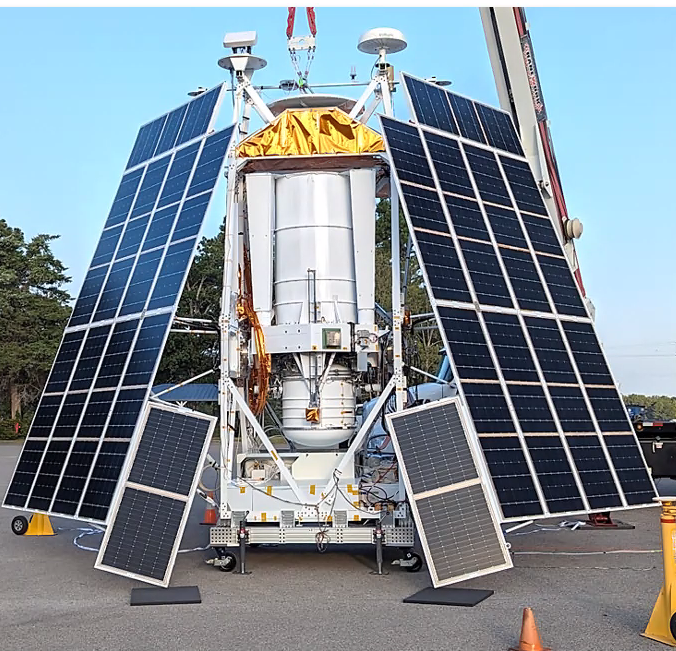
Balloon over Antarctica
GUSTO is going to launch from the NASA Long Duration Balloon (LDB) Facility near McMurdo, Antarctica around December 15th, 2023 (a baseline launching date). During its flight of approximately 55 days it will spiral out from the Antarctic circling the Earth using the polar vortex wind. As it drifts northward, more and more of the Milky Way will become visible, allowing a large scale survey to be performed. At its flight altitude of approximately 36 km there is only little water vapor left to absorb Terahertz, so the telescope’s view will be nearly as clear as in space.
From atomic gas to moleculair clouds
GUSTO will explore the inner workings of our galaxy and the Large Magellanic Cloud (LMC) by probing global star formation properties and the life cycle of interstellar clouds. How exactly do molecular clouds form from diffuse atomic gas? What is the influence of (massive) star formation on the lives of molecular clouds? How do shear motions within spiral arms influence cloud evolution? And how do these processes affect the global structure and evolution of galaxies?
GUSTO Scientists in the Netherlands
The Dutch scientists, Xander Tielens at Leiden University and Floris van der Tak at SRON/RuG will contribute to the science, being the astrophysics and data analysis.
TeraHertz technology from the Netherlands
SRON and the Department of Imaging Physics of the Delft University of Technology (TUDelft) provide the 8-pixel receiver cameras for GUSTO’s channels at 1.4, 1.9 and 4.7 THz. The cameras are based on a so-called superconducting Hot Electron Bolometer (HEB) mixer, plus a Fourier phase grating for creating a multi-beam local oscillator originated from a single 4.7 THz quantum cascade laser. The local oscillator helps the detectors to determine the exact color of the incoming far-infrared light.
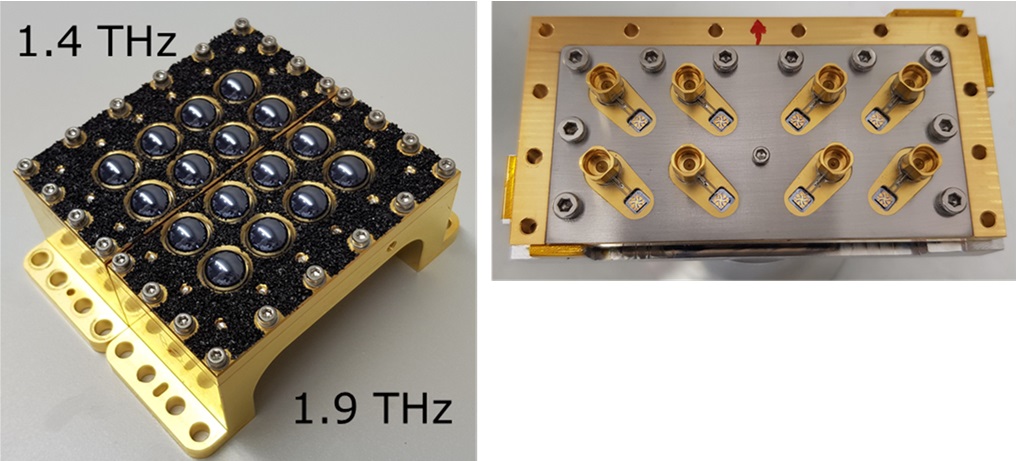

Content by: Jian-Rong Gao (SRON and TUDelft) is Co-Investigator for the GUSTO mission and leader of the Dutch GUSTO team.
Jose Silva is in Antarctica between November 2023 and January 2024 on behalf of SRON. Read his blog here.

